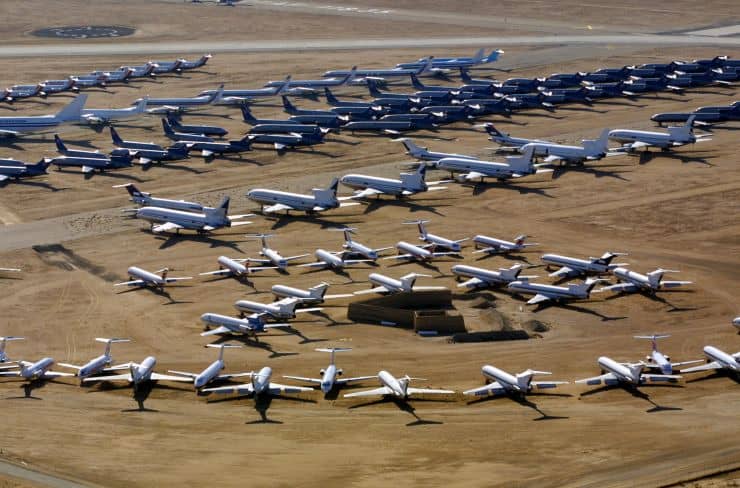
Global oil demand will start to recover in the second half of the year from the crash in the second quarter, but it will still be down by 6.4 million bpd in H2 from year-ago levels as demand for fuels will continue to be constrained by the coronavirus pandemic and the measures to contain it, OPEC said in its Monthly Oil Market Report (MOMR) on Wednesday.
According to the cartel, the loss in global oil demand will slow to 6.4 million bpd in the second half of the year, compared to an estimated decline of 11.9 million bpd in the first half of the year.
OPEC left its full-year 2020 global oil demand projection unchanged at a decline of 9.1 million bpd.
“Transportation fuels are forecast to remain under pressure in 2H20, despite ongoing easing in lockdown measures. Aviation fuel is expected to continue facing challenges, as national and international flights are anticipated to only slowly recover, while teleworking/teleconferencing restricting business travel,” OPEC said.
In addition, gasoline consumption will also suffer because of the high unemployment rate in the United States and reduced commuting, while industrial fuels will be impacted by weaker manufacturing around the world, the cartel said.
OPEC now sees demand for its crude at 23.6 million bpd this year, revised down by 700,000 bpd from the previous month’s estimates. This year’s demand for OPEC crude is expected to be down by 5.8 million bpd compared to 2019.
OPEC’s crude oil production in May was higher than the cartel’s expectations for demand for its crude—at 24.19 million bpd, OPEC’s crude oil production dropped by 6.3 million bpd from April, as per OPEC’s secondary sources.
Saudi Arabia slashed in May its production to the required 8.5 million bpd quota, and so did its key Gulf partners Kuwait and the United Arab Emirates (UAE), while Iraq, while cutting production by 340,000 bpd to 4.165 million bpd, was still way off the mark.
























